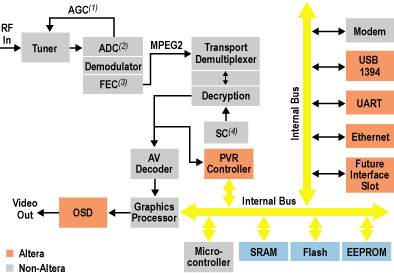Automatic Gain Control
Automatic gain control is a technique implemented in many consumer electronics that automatically adjusts the input levels of a system by inducing a portion of the output levels in the input terminals. Automatic gain control is used in a wide variety of technologies, including telecommunications, navigation, audio/video recordings, and radio systems. Automatic gain control can also be seen in biological systems, such as the vertebrate visual and audio systems.
How Automatic Gain Control Works
Automatic gain control is dependent on a loop in which the output terminals of a system are connected to the input terminals of the same system. When input levels are too high, the output signal is reduced to inhibit the input signal. Contrastingly, when the input levels are too low, the output signal is enhanced to strengthen the input signal.
Applications
Automatic gain control can be used in any system that depends on environmental changes. For example, street lights often have automatic gain control systems that monitor the amount of sunlight and use the results to turn themselves on or off. Automatic gain control systems can also be used in other systems that are dependent on outside forces, such as the volume on a radio. Because of this, automatic gain control systems are often referred to as “automatic volume control systems”.
Advantages
Automatic gain control is advantageous because it allows a system to automatically adjust itself based on environmental changes or interference from other systems. Automatic gain control can be fully automated or dependent on manual changes to the system, such as the volume knob on a radio. Automatic gain control is also advantageous because it is easy to implement in virtually any type of electronic device and is fairly inexpensive for mass production.



Comments - No Responses to “Automatic Gain Control”
Sorry but comments are closed at this time.